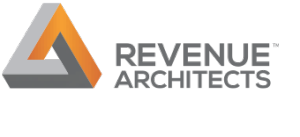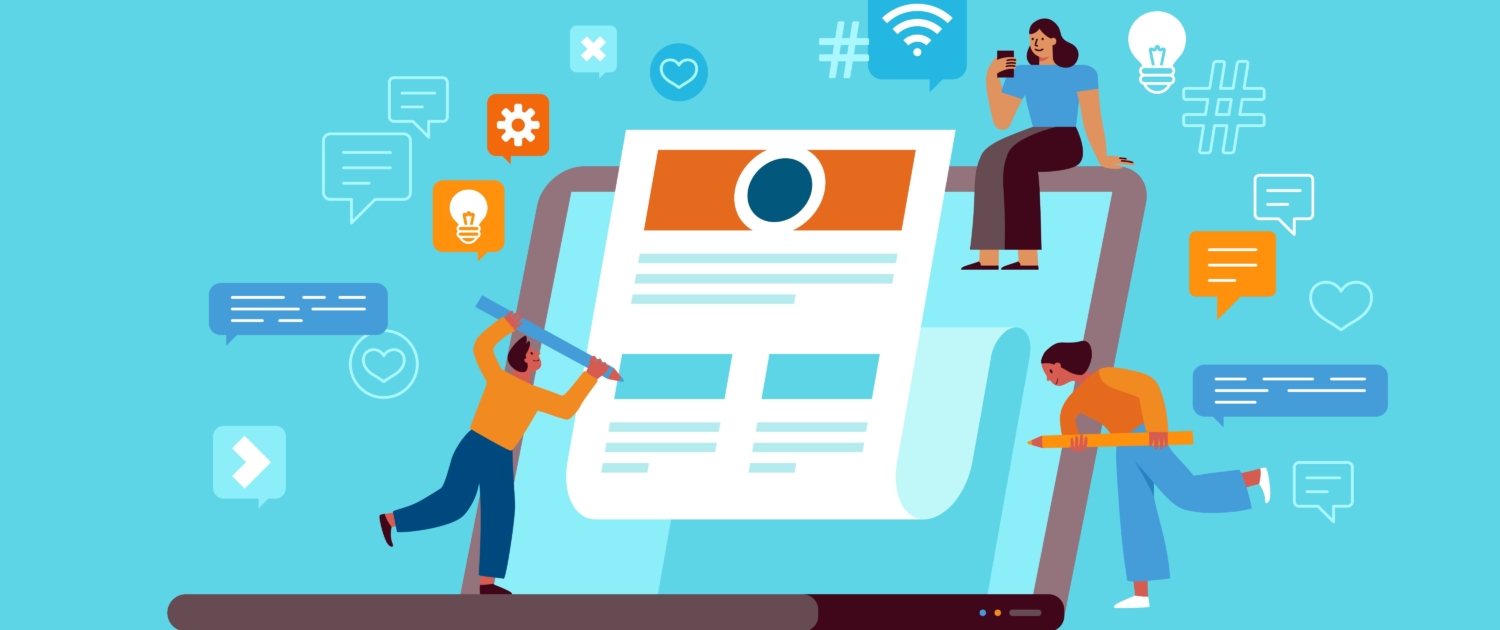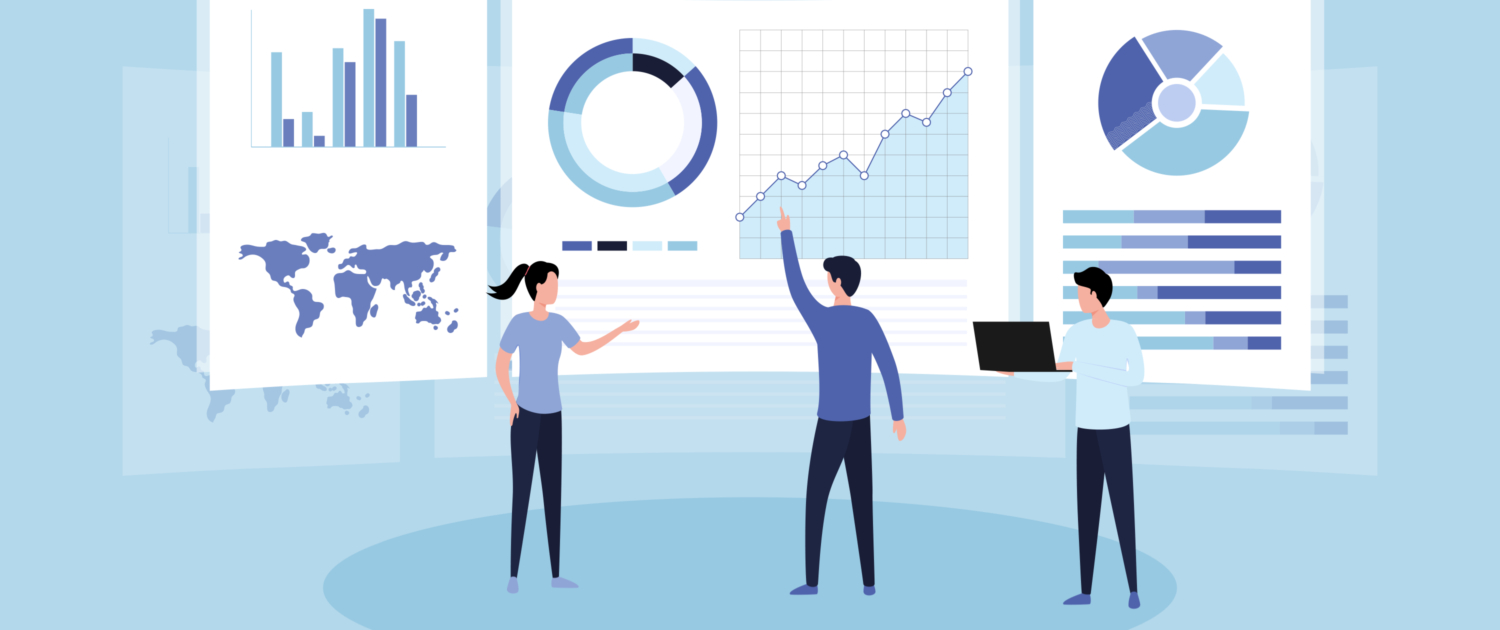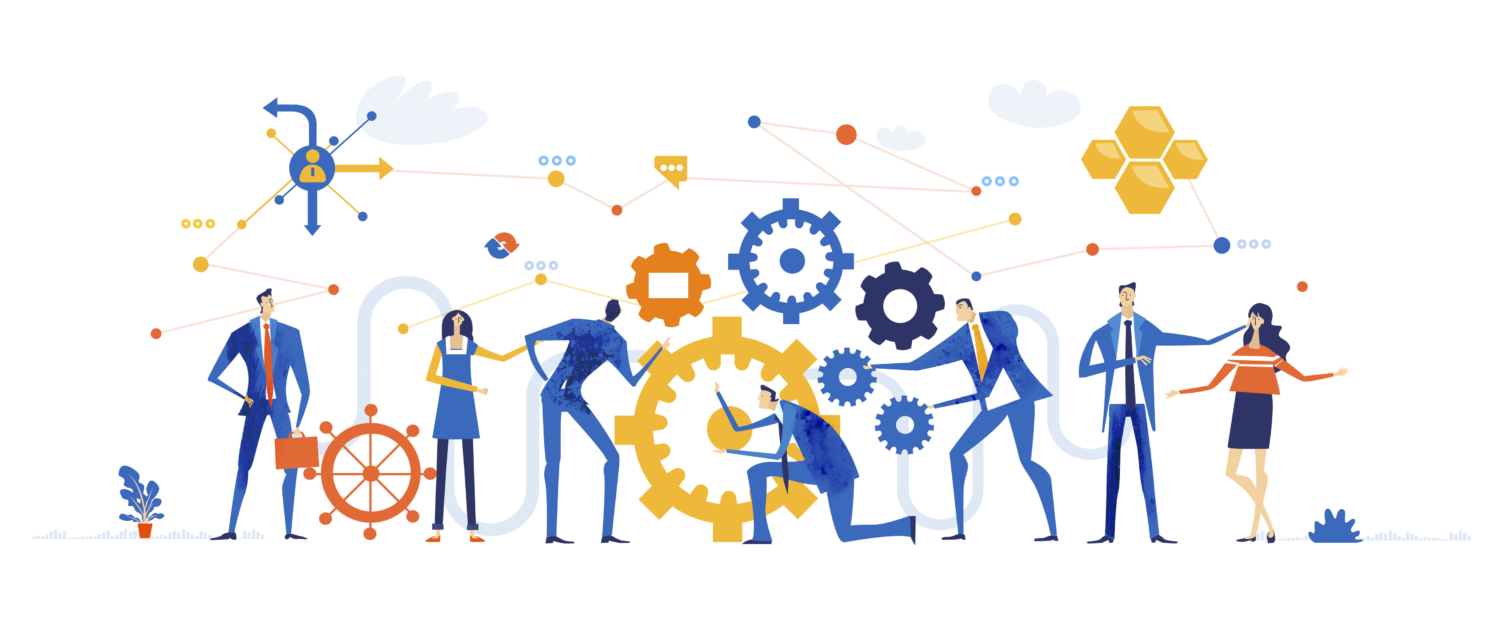Content Marketing: A Cornerstone for Complex Product and Service Sales
Content marketing is a crucial strategy for businesses selling complex products and services. By providing valuable information and insights at various stages of the buyer’s journey, content can significantly enhance your marketing and sales efforts, driving revenue growth and building customer loyalty. But how do you compete with content today?










